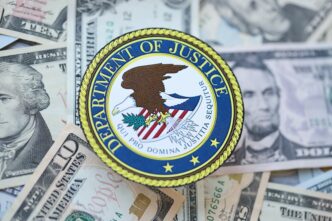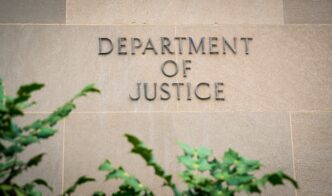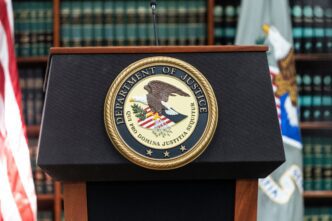The tragic events surrounding the Branch Davidian compound in Waco, Texas, and the Oklahoma City bombing serve as stark reminders of how ideological extremism can lead to devastating consequences. On April 19, 1993, a 51-day standoff culminated in a catastrophic fire at the Branch Davidian compound. Following an FBI tear gas assault, the compound was set ablaze, resulting in the deaths of 75 individuals, including 25 children and their leader, David Koresh.
Two years later, on the same date in 1995, the Alfred P. Murrah Federal Building in Oklahoma City was targeted by Timothy McVeigh. His act of terror was motivated by a desire for vengeance against the U.S. government, which he held responsible for the Waco tragedy and the earlier Ruby Ridge incident. The bombing claimed 168 lives, marking it as the deadliest terrorist attack on U.S. soil at that time.
Both events highlight the perceived intrusion of government agencies in the lives of those involved, leading to extreme retaliatory actions. The incidents unfolded within a span of 730 days, demonstrating that acts of terror can emerge unexpectedly and with catastrophic results.
Interestingly, April 19 also holds historical significance for the United States, as it marks the beginning of the American Revolutionary War with the Battles of Lexington and Concord in 1775, an eight-year conflict that shaped the nation’s history.
The Branch Davidian Standoff
The conflict began on February 28, 1993, when agents from the Bureau of Alcohol, Tobacco, and Firearms attempted to arrest David Koresh on firearms charges. This led to a bloody gunfight that resulted in the deaths of four agents and six Branch Davidians, setting off a prolonged and tense standoff. On April 19, following a tear gas assault by FBI agents, the compound was consumed by flames. Investigations concluded that members of the sect had started the fire themselves.
- “Lesson from Waco: Religion matters when dealing with the nonconventional”
- “Waco documentary indicates agents fired at trapped cult members”
- “Cult leader? ‘Sinful Messiah’? 25 years later, interest in David Koresh still strong”
- “FBI’s lies, siege at Waco unjustified”
The Oklahoma City Bombing
On April 19, 1995, McVeigh, alongside co-conspirators Terry Nichols and Michael Fortier, detonated a truck bomb outside the federal building in Oklahoma City. The attack, intended as retribution for Waco and Ruby Ridge, left 168 dead and injured over 600. McVeigh was later executed in 2001, but not before expressing that the bombing was a deliberate act of revenge.
- “We’ve taken notice, but will we learn?”
- “FBI explanation of missing Oklahoma City bombing tapes not credible, judge says”
- “Impact of ’95 Oklahoma City bombing still felt”
- “Judge talks of surviving 1995 blast and 9/11”
- “Nichols says bombing was FBI op”
These events, rooted in deep-seated grievances against government authority, underscore the potential for domestic terrorism to emerge from within, driven by an ideology of retribution and disillusionment.






